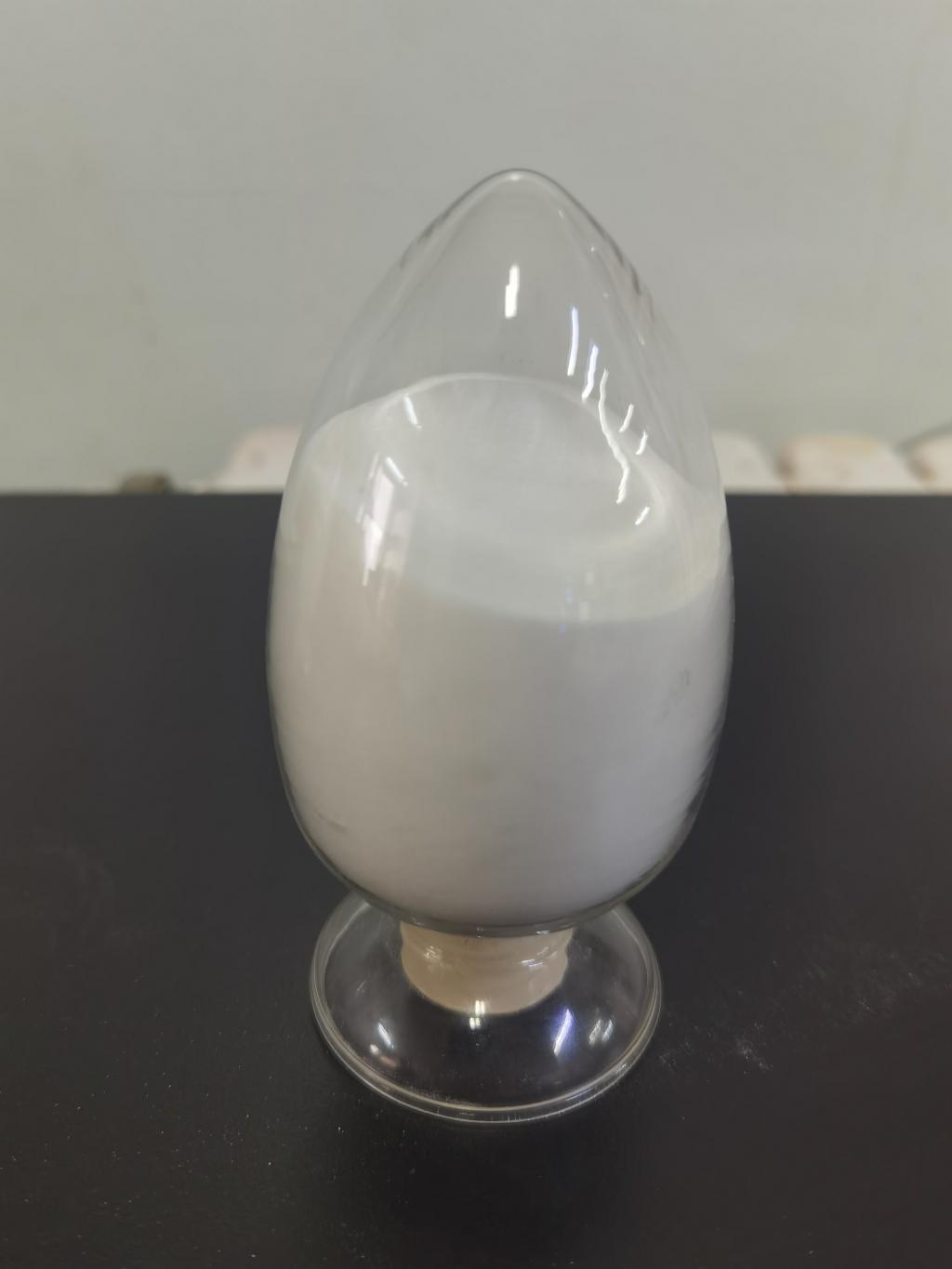Tel:+8618231198596

News
 CONTACT
CONTACT
 CONTACT
CONTACT
- Linkman:Linda Yao
- Tel: +8618231198596
- Email:linda.yao@dcpharma.cn
- Linkman:CHARLES.WANG
- Department:Overseas
- Tel: 0086 0311-85537378 0086 0311-85539701
News
Current Position:
Home >
News
>Sustainable Packaging Innovations: The Contribution of ε-Polylysine Hydrochloride
Sustainable Packaging Innovations: The Contribution of ε-Polylysine Hydrochloride
TIME:2024-01-09
The Environmental Challenge of Conventional Packaging:
Conventional packaging materials, often derived from non-renewable resources like plastics, contribute significantly to environmental degradation. Issues such as non-biodegradability, pollution, and resource depletion have fueled the search for sustainable alternatives. ε-Polylysine hydrochloride presents an innovative solution by addressing both the environmental impact of packaging materials and the need for effective preservation.
ε-Polylysine Hydrochloride: A Natural Antimicrobial Biopolymer:
Derived from natural sources, ε-Polylysine hydrochloride is a cationic homopolymer produced by certain strains of bacteria, particularly Streptomyces albulus. Its antimicrobial properties make it an effective preservative, and these same attributes can be harnessed in sustainable packaging to extend the shelf life of perishable goods.
Antimicrobial Packaging: Combating Food Waste:
One of the significant applications of ε-Polylysine hydrochloride in sustainable packaging is its use as an antimicrobial agent. By incorporating this biopolymer into packaging materials, it can actively inhibit the growth of spoilage-causing microorganisms and extend the freshness of packaged food. This not only reduces food waste but also addresses the environmental impact associated with discarded, spoiled products.
Enhancing Shelf Life without Chemical Additives:
Traditional packaging often relies on synthetic preservatives and additives to extend the shelf life of products. ε-Polylysine hydrochloride provides a natural alternative, allowing for effective preservation without the need for chemical additives. This aligns with the growing consumer demand for clean-label products and contributes to a more sustainable and eco-friendly approach to packaging.
Biodegradability and Environmental Impact:
The biodegradability of packaging materials is a crucial factor in reducing the environmental footprint. Unlike conventional plastics that persist in the environment for centuries, ε-Polylysine hydrochloride-based packaging materials offer the advantage of biodegradability. This ensures that, once discarded, the packaging breaks down into environmentally benign components, minimizing long-term ecological impact.
Compatibility with Various Packaging Formats:
ε-Polylysine hydrochloride's versatility extends to its compatibility with various packaging formats. It can be incorporated into films, coatings, and wraps, providing a flexible and adaptable solution for different types of products. This adaptability is essential in catering to the diverse needs of the packaging industry, from fresh produce to pharmaceuticals.
Overcoming Challenges: Stability and Processing:
While ε-Polylysine hydrochloride shows immense promise, challenges related to stability during processing and potential interactions with packaging materials must be addressed. Research and innovation in processing technologies are crucial to optimizing the incorporation of ε-Polylysine hydrochloride into different packaging formats without compromising its efficacy.
Regulatory Approvals and Consumer Perception:
The acceptance and adoption of ε-Polylysine hydrochloride-based packaging materials also depend on regulatory approvals and consumer perception. The biocompatibility and natural origin of ε-Polylysine contribute to its positive image, and securing regulatory approvals reinforces its credibility as a sustainable packaging material.
Collaborative Industry Efforts: Partnerships and Research:
Advancing sustainable packaging solutions requires collaborative efforts across the industry. Partnerships between researchers, packaging manufacturers, and regulatory bodies are essential for driving innovation, addressing challenges, and ensuring the successful integration of ε-Polylysine hydrochloride into mainstream packaging practices.
Future Prospects: ε-Polylysine in the Circular Economy:
As the packaging industry moves towards a circular economy, where materials are reused, recycled, or biodegraded, ε-Polylysine hydrochloride has the potential to play a pivotal role. Its biodegradability aligns with the principles of a circular economy, where waste is minimized, and materials are designed to have a positive impact on the environment throughout their lifecycle.
Conclusion:
Sustainable packaging innovations are critical in mitigating the environmental impact of conventional packaging materials. ε-Polylysine hydrochloride, with its natural origin, antimicrobial properties, and biodegradability, emerges as a transformative force in the quest for greener packaging alternatives. By actively contributing to the reduction of food waste, minimizing the need for synthetic preservatives, and aligning with circular economy principles, ε-Polylysine hydrochloride paves the way for a more sustainable future in packaging. As research and industry collaborations progress, ε-Polylysine hydrochloride stands poised to revolutionize the way we package and preserve products, forging a path towards a more environmentally conscious and sustainable world.
- Tel:+8618231198596
- Whatsapp:18231198596
- Chat With Skype







